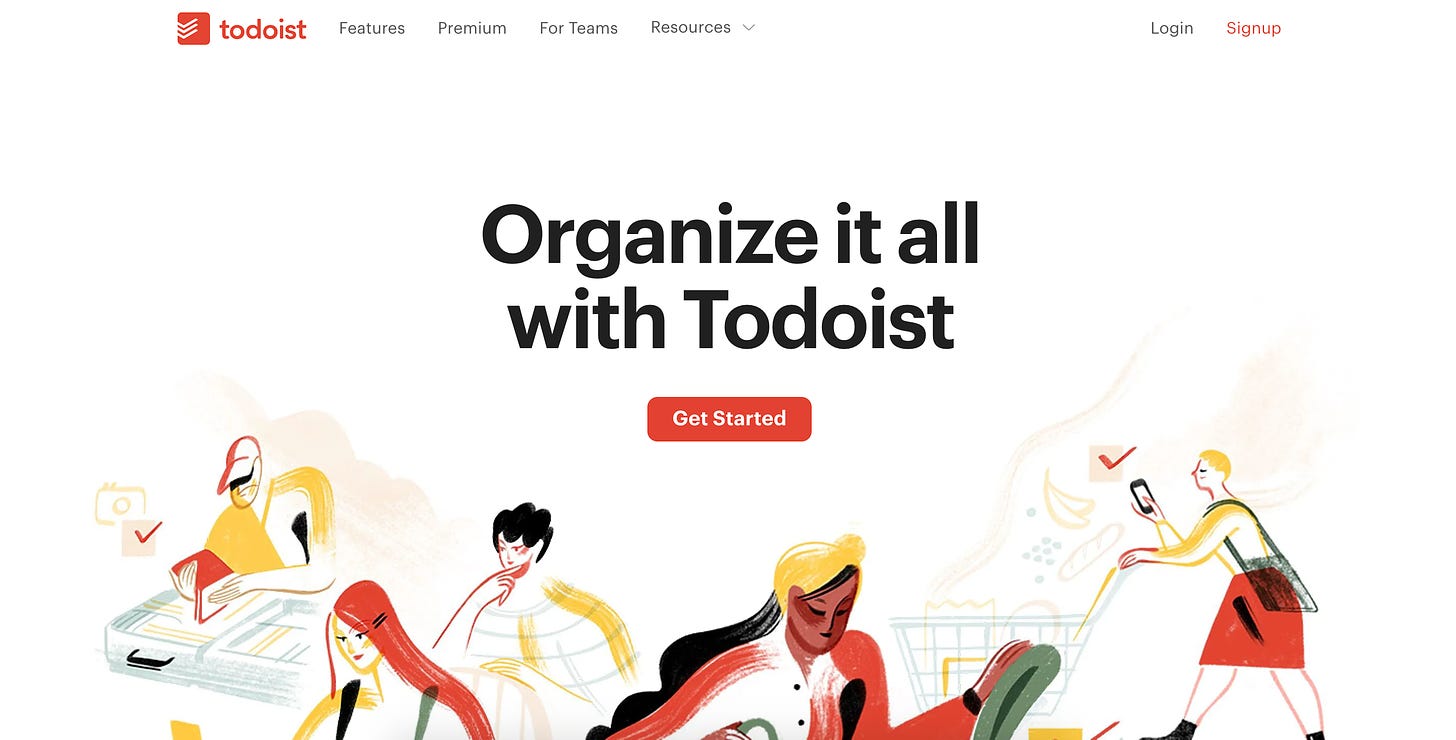It’s not entirely possible to run every aspect of your 5-to-9 on your own.
Like most human activities you need tools to operate. Some tools are simple, for example, the device you are reading these words is either a computer or phone.
Both have been designed to be intuitive for users. There was a short learning curve on how to use them but eventually, you got the hang of it.

As more and more 5-to-9s adapt to the digital marketplace, more and more tools are digitizing as well. A Google search for “quick graphic design tool” yields dozens of programs one could use to create a simple design.
You most likely have an arsenal of tools you use, both physical and digital, to keep your 5-to-9 humming.
But what happens when you need to expand? What happens when you require greater functionality and must add an additional tool to your arsenal? Do you have a process in place on determining which tool?
I do and I’ve named it the Low Barrier-High Yield tool (I’ll call them LBHY tool moving forward).
A LBHY tool…
Low barrier means a low barrier to entry, meaning little learning curve or training, little to no paywall, and is simple to implement into one’s workflow.
High yield means the tool is able to deliver a substantial output, one you couldn’t deliver without the tool itself.
There are tools that are more niche and difficult to learn but solve a specific task. We aren’t going to cover those here.
In this article, we’ll focus on how to pick the right LBHY tools for your 5-to-9, how to know you’re wasting your time with a tool, and examine a few real examples I personally use in my own business and side projects.
Why LBHY tools?
Your 5-to-9 requires you to sacrifice your precious free time outside of your 9-to-5, right?
Then why would you waste that precious time trying to learn a complicated tool.
Let me give you an example.
One of my earliest 5-to-9 ventures dealt with helping people to hit their goals. I found this tool that could send text messages reminding people to do their one goal-getting activity for the day.
I set up an automation with this tool and poof I was done. Well, not exactly.
I quickly learned that this tool had tons of functionalities. So I began to “tinker” with it. Many, MANY, hours later I had built an automation equipped with conditional functions, tracking features… It was a few brain cells short of being a real AI robot.
I was proud of this thing.
And then nobody wanted it.
I had built this clunky texting robot that nobody wanted to use and it cost me weeks of my 5-to-9 time, time I could have better spent researching what my target market actually wanted.
A lot of digital tools are built this way. They start off by promising to perform a simple task. But the more you dive into them, the more convoluted they become. And the more convoluted they become, you guessed it, the more time you spend trying to get yourself up to speed.
Which brings me back to the “Low Barrier” part of LBHY tools.
Your time on your 5-to-9 shouldn’t be spent figuring out the perfect workflow, or installing complicated productivity tools, it should be spent performing value-added work for your audience/market/customers/clients.
In other words, you shouldn’t adapt to LBHY tools, they should adapt to you.
How to tell if something is a LBHY tool
I have a sort of litmus test to determine if a tool is worth my time. I’ll map it out below and use a current tool I’m testing as an example.
An LBHY tool should answer “yes” to the following questions:
Does the tool have a free version for new users?
Does the tool promise/market itself to perform one or two tasks well?
Can you implement the tool into your workflow on the fly?
Does the tool offer upgraded features for more advanced users?
Does the tool easily integrate with other tools?
Is the tool easily accessible?
Let’s break this down with an example. For years I’ve struggled to find the “perfect” task manager. I tried pen and paper to-do lists, apps, Chrome extensions. I could never find something that was simple enough to keep all my tasks in order.
I had heard of a tool called Todoist for a while now but never hopped on board because I was afraid of being disappointed once again.
However, I decided to test it out and see if it truly was an LBHY tool. Here’s how I applied the litmus test:
Does the tool have a free version for new users? Yes it does, and it’s not even one of those “try-it-for-two-weeks-then-we’ll-bill-your-credit-card” deals.
Does the tool promise/market itself to perform one or two tasks well? It’s in the name: Todoist. Their website puts it simply: Organize it all with Todoist.

Can you implement the tool into your workflow on the fly? So far yes. I’ve tested Todoist for a week now and it was simple to set up and organize. I’ve been adding tasks and checking them off without any fuss.
Does the tool offer upgraded features for more advanced users? Yes, I haven’t paid for the premium version yet, but there are helpful features not offered to free users such as the ability to add notes and documents to tasks. These features will become more enticing as I grow more accustomed to the tool.
Does the tool easily integrate with other tools? Yes. My biggest need was to turn emails into tasks to better track what I needed to get done for clients. Todoist integrates nicely with Gmail (as well as other email providers).
Is the tool easily accessible? Yes, I can access Todoist on my phone, computer, or even a web browser. I don’t have to go digging for it when I need to add a task.
So did Todoist pass my LBHY litmus test? So far yes.
The final step is to use the tool for an extended period of time to prove to myself that I will actually use it and that it helps and does not hinder my productivity.
How long will I continue to test the free version? At least a few months. The premium version is only $3 per month so it’s not a huge investment. For a higher-priced tool I will test for longer (I used the free Duolingo until I hit a 365-day streak, then I upgraded).
My personal LBHY recommendations
I hope by now you have a clear understanding for identifying LBHY tools and how to properly add them into your 5-to-9. Below are some of my go-to LBHY tools. It’s important to note that what is considered low barrier for one person might not be for another.
However, if you are looking for specific tools to help run your 5-to-9, I have found the following to be extremely helpful for mine.
Canva - Quick and simple graphics
ConvertKit - Easily build an email list.
Loom - Create simple screen shares.
Teachable - Build online courses.
Anchor - Podcasting made simple.
Unsplash - Free and beautiful stock photos.
Zapier - Pre-made “recipes” for simple automation
Dropbox - Simple cloud-based file management
You Need a Budget - Keep your budgeting in order
Wealthfront - High yield cash accounts
Wave - Bookkeeping made easy.
Azlo - Simple online banking for small businesses.
PayPal - Collect payments and make purchases.
Invoice2Go - Track hours and invoice clients.
Bear notes/Evernote - Simple note-taking (I’m using Bear notes to write these words)
StudioPress - Best WordPress website themes. Easily install demo content and tweak to your liking.
What tools do you currently use in your 5-to-9? Leave a comment below.


